PHOTOS: Culver City Car Show Dazzles Downtown
The 2025 Culver City Car Show occupied the streets of Downtown with colorful vehicles and unique stories this past Saturday.
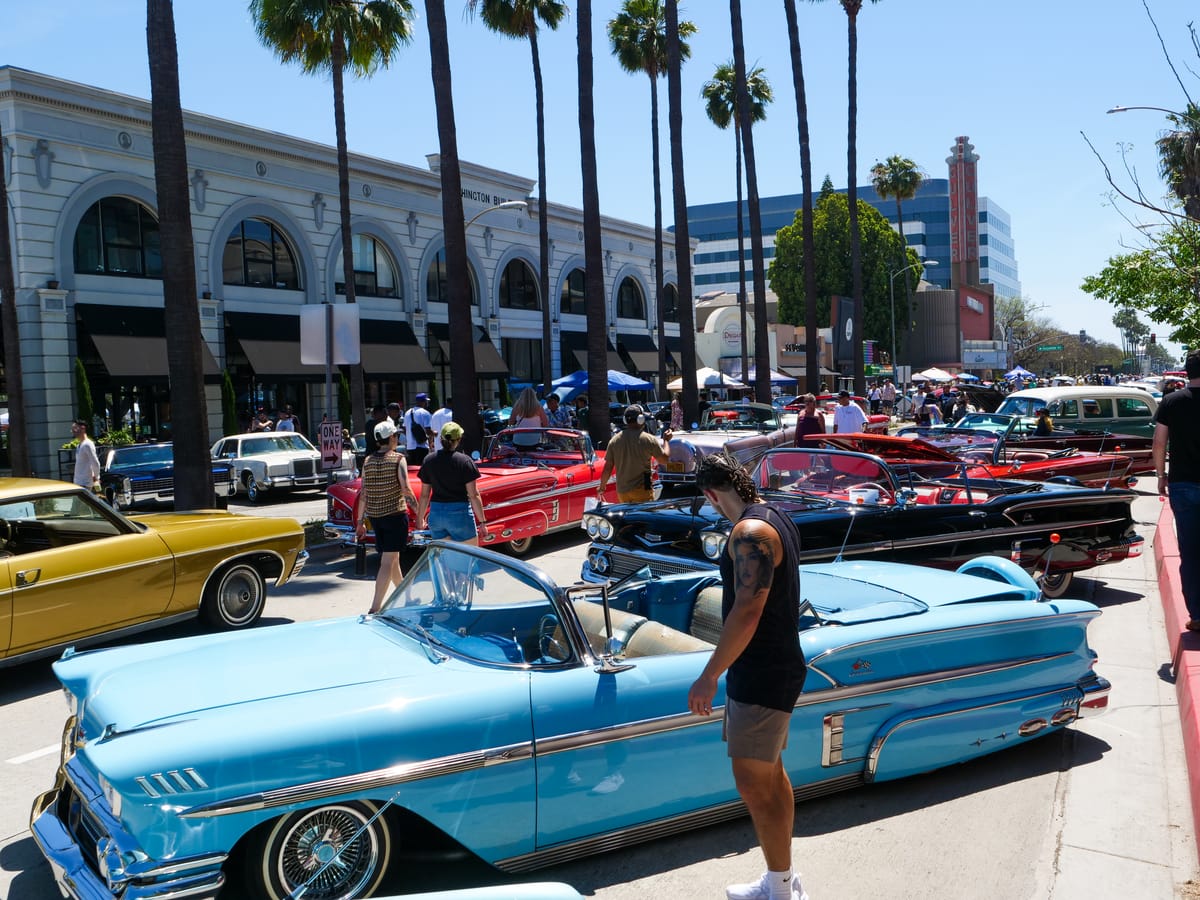
The 2025 Culver City Car Show made its return to the Downtown Area Saturday as colorful vintage cars filled the streets for onlookers to marvel at.
While more than 40 entrants were recognized with awards ranging from recognitions based on car brands and time periods to the "Best Flames" award, each car at the Show has its own story.
Here are just a few of them:
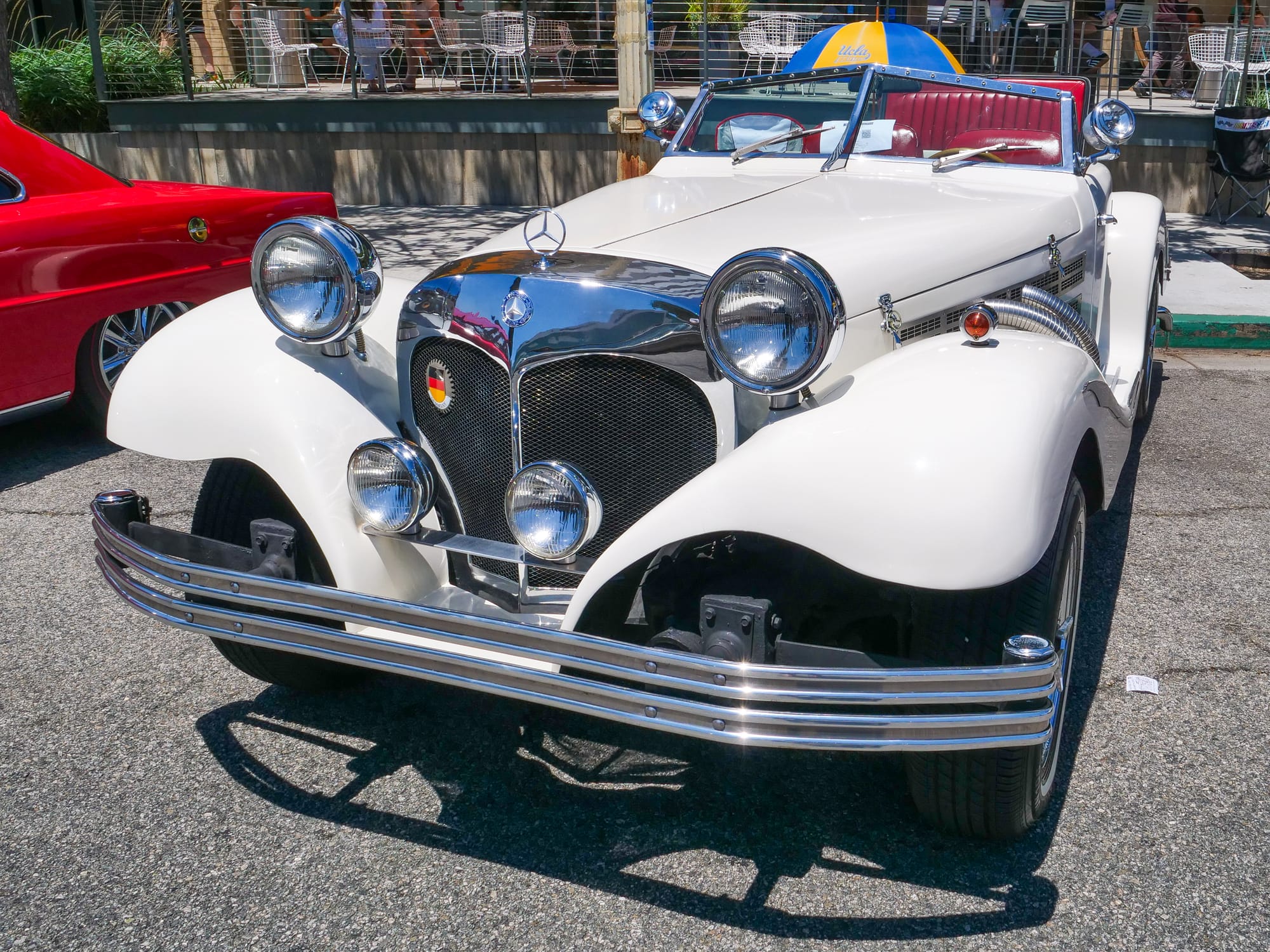
For Troy Linkugel, vintage cars have been a part of his life from the very beginning.
Linkugel needed a car last fall, but is not a fan of what is offered today. His father has been interested in older vehicles for as long as he can remember, and that love was passed onto the younger Linkugel.
"He's been tinkering with cars since I was born," Linkugel said.
When Linkugel's father decided to sell this car: a replica of the 1934 Mercedes-Benz 380 SR Roadster Special, he knew it was a perfect opportunity to fill his need for a vehicle. He had to drive the car from his father in Kansas back to his home in Granada Hills, but hasn't taken it out often after. When he does, it's always the talk of the town.
"I can stop at the gas station and two or three people will ask about it." he said. "People really enjoy it."
While this is a replica, its rarity makes it a worthy piece on its own. According to Linkugel, there are just 50 of these replicas in the world, adding mystique to an already expensive car whose original run produced just 160 vehicles.
Besides being about three inches longer than the original, Linkugel said that everything else about the car is mostly the same. While Linkugel and those who saw him driving his Roadster appreciated its beauty, another member of the family solidified its meaning in his life.
"My wife fell in love with it," Lunkugel said about the Roadster. "I told my dad that we have to keep it in the family."
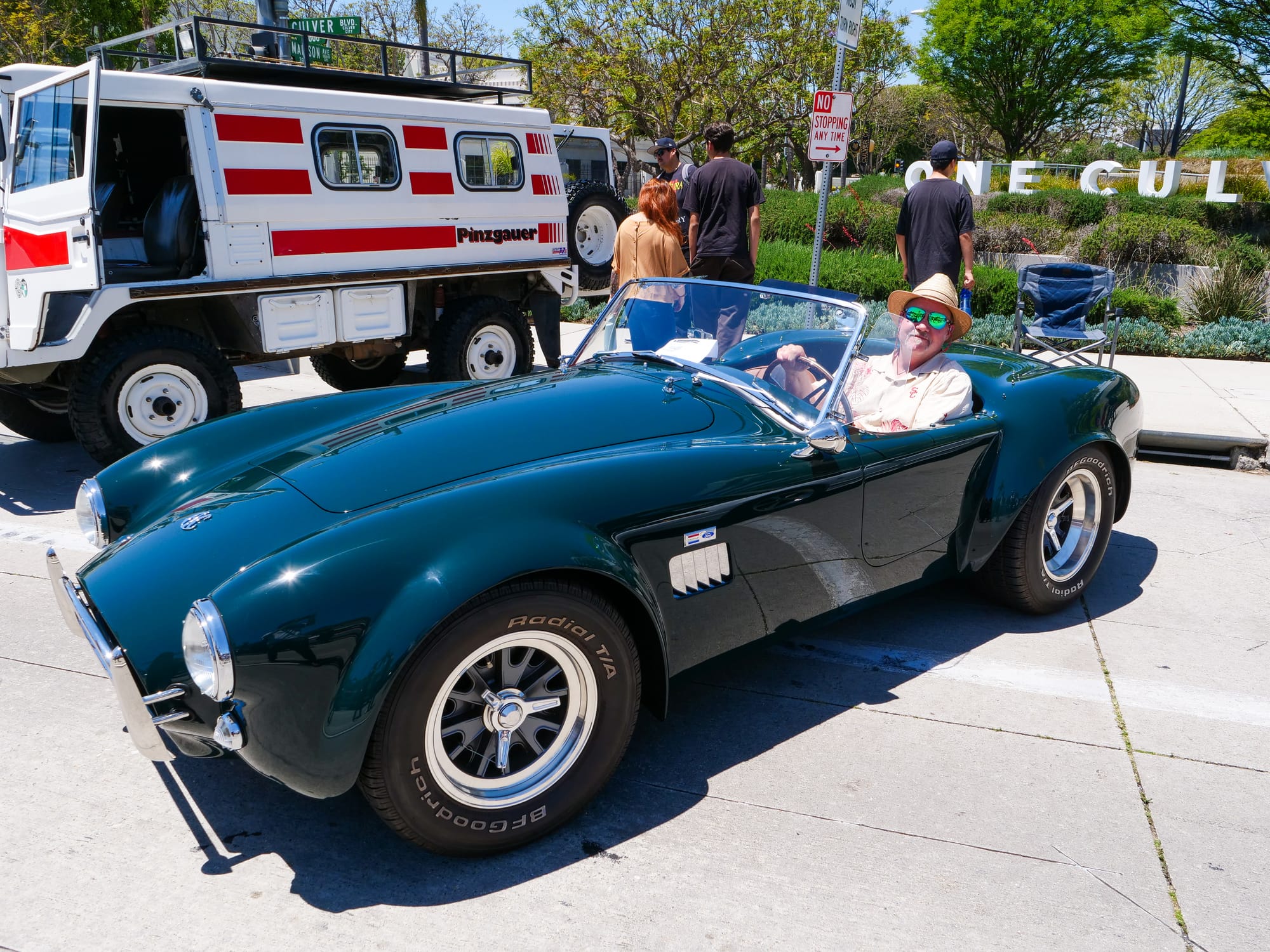
Gregory Smith's submission at the Culver City Car Show may seem familiar to vintage car fans that enjoy movies.
Smith brought a replica of the Shelby Cobra, the only licensed continuation of kit cars originally designed and produced by famed automobile manufacturer Carroll Shelby. Shelby and his pursuit to develop the Ford GT40, the only American car to win the prestigious 24 Hours of Le Mons endurance race, was detailed in the 2019 film 'Ford v Ferrari.'
Not many attempts at continuing Shelby's lineage of vehicles received his blessing, with the Shelby Trust notoriously engaging in multiple copyright infringement lawsuits over the use of Shelby-affiliated naming on undeserving cars. However, Shelby approved a modernization of the Shelby Cobra that gives fans like Smith the opportunity to own the car for themselves.
"The lines are beautiful and voluptuous," Smith said of his Cobra. "Waxing this car is as close to putting sunblock on a supermodel as I will ever get."
Unlike most vehicles offered at typical dealerships, Smith bought his Cobra as a kit car, which wasn't ready to drive until he installed his own engine and other parts to finish its build.
"It has 456 horsepower," Smith said, "which is way more horsepower than this car should be allowed to have."
He originally intended for the Cobra to be a car for shows, but he says he "can't keep his hands off it."
"Not only is it quick, it's visceral," he said. You can feel the vibrations through everything. It's just a beautiful experience driving this car."
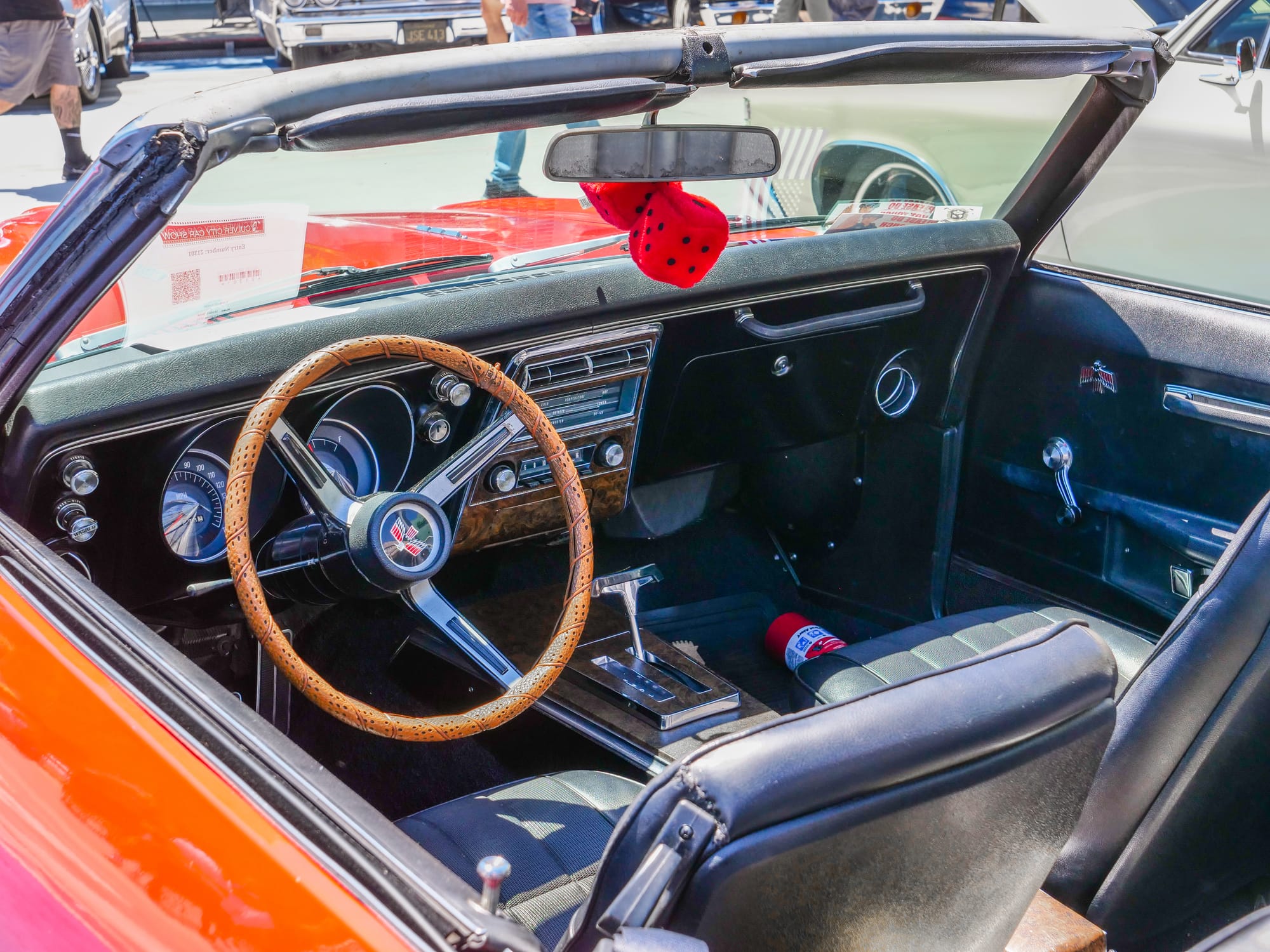
"Firebird" is one of the most recognizable vintage car names, so it was sure to be seen at the Culver City Car Show.
Culver City Downtown Business Association President Kevin Lachoff is the proud owner of a red 1968 Pontiac Firebird, but the reason goes beyond the name. The car he brought to the Show was his grandmother's personal car from when she drove it off the lot in 1968, and it remained her car until Lachoff brought it to Los Angeles around 25 years ago.
"It's really nostalgic," Lachoff said of the Firebird. "The classic one is near and dear to me."
Lachoff's Firebird is from the first generation of the vehicle, which has a special meaning for Lachoff and the vintage car community. One of the things Lachoff keeps in his Firebird's trunk is a hat from First Generation Firebird, an informal club that focuses on connecting owners of Firebirds produced from 1967 to 1969.
Perhaps the most important original piece of the car still left has nothing to do with the Firebird itself. Another item Lachoff keeps in his trunk is the original license plate for the car used by his grandparents, which has a special meaning to his family.
"My grandmother's name was Edie and my grandfather was Saul," Lachoff explained, "so her license plate was 'EZY SOL' and his was 'SOL EZY.'"
As a member of the Downtown Business community, Lachoff has a special appreciation for the Culver City Car Show. He reflected on how different it felt than when he brought out his Firebird at a Culver City Car Show for the first time: the 2020 show that was impacted by COVID-19.
"I love seeing the Show back downtown," Lachoff said, "and I love seeing everybody out here to enjoy it."
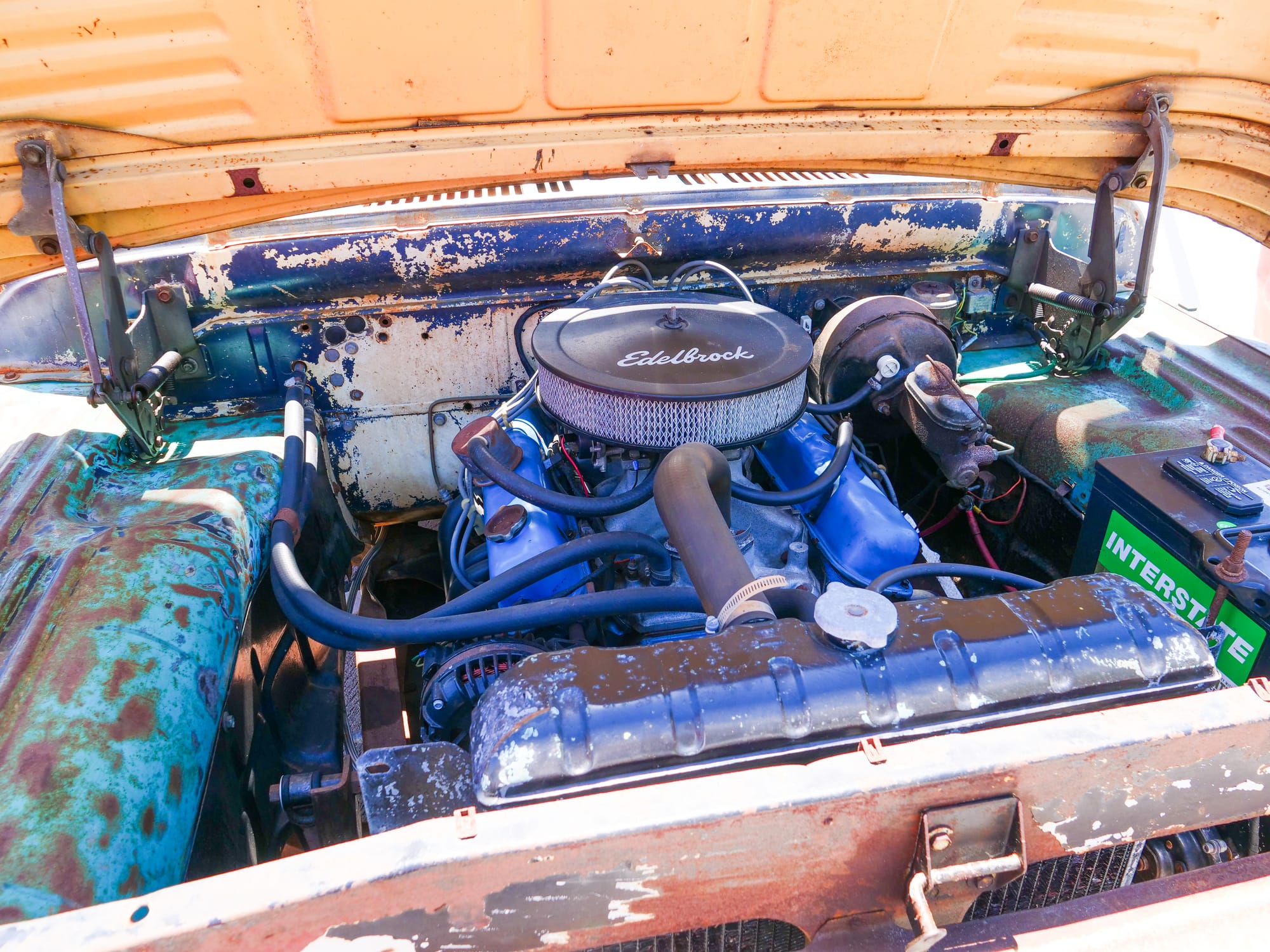
There aren't many more clear indicators of a well-used car than a chipped and worn paint job.
Although its body carried brown streaks and patches from rusting, Eric Barnett's 1963 Dodge Sweptline is still a functional and loved vehicle. The Sweptline is a line of Dodge Trucks produced from 1961 to 1971. The term "sweptline" refers to the truck's box-like body, making it a unique sight even amongst the eccentric bodies of vintage cars.
"It is the only vehicle here that is a '61 through '71 Dodge," Barnett said. "You don't see them at car shows."
Barnett noted that there simply aren't many Dodge Trucks left from this era to appreciate, and there's a reason why. Unlike many more popular vintage vehicles, Barnett says the parts for Dodge Sweptlines are simply not made anymore due partly to a lack of demand and the truck's unique legacy.
"If you want to buy a hood for this truck, you are not going to get one," Barnett said of the Sweptline. "You are going to have to get it off an old truck."
These trucks were originally seen as short-term solutions that would quickly break down. But as Barnett and his still-running Sweptline have shown, these cars have lasted far beyond expectations.
"They said it was going to be a two-year car," Barnett said, "and it turned out it was a ten-year car."
While many of the car's parts are irreplaceable, one that is easy to switch is the engine. Barnett bought the car with a Chrysler Slant Six engine and replaced it with a higher-performance Later Model 318 engine.
Barnett brings the truck out to shows, but not because he is looking for validation from others. He has received offers to sell the Sweptline for as much as $25,000, but its uniqueness and rarity have made it an essential piece of Barnett's collection.
"I like the truck personally," Barnett said. "I really don't care what people think about it."
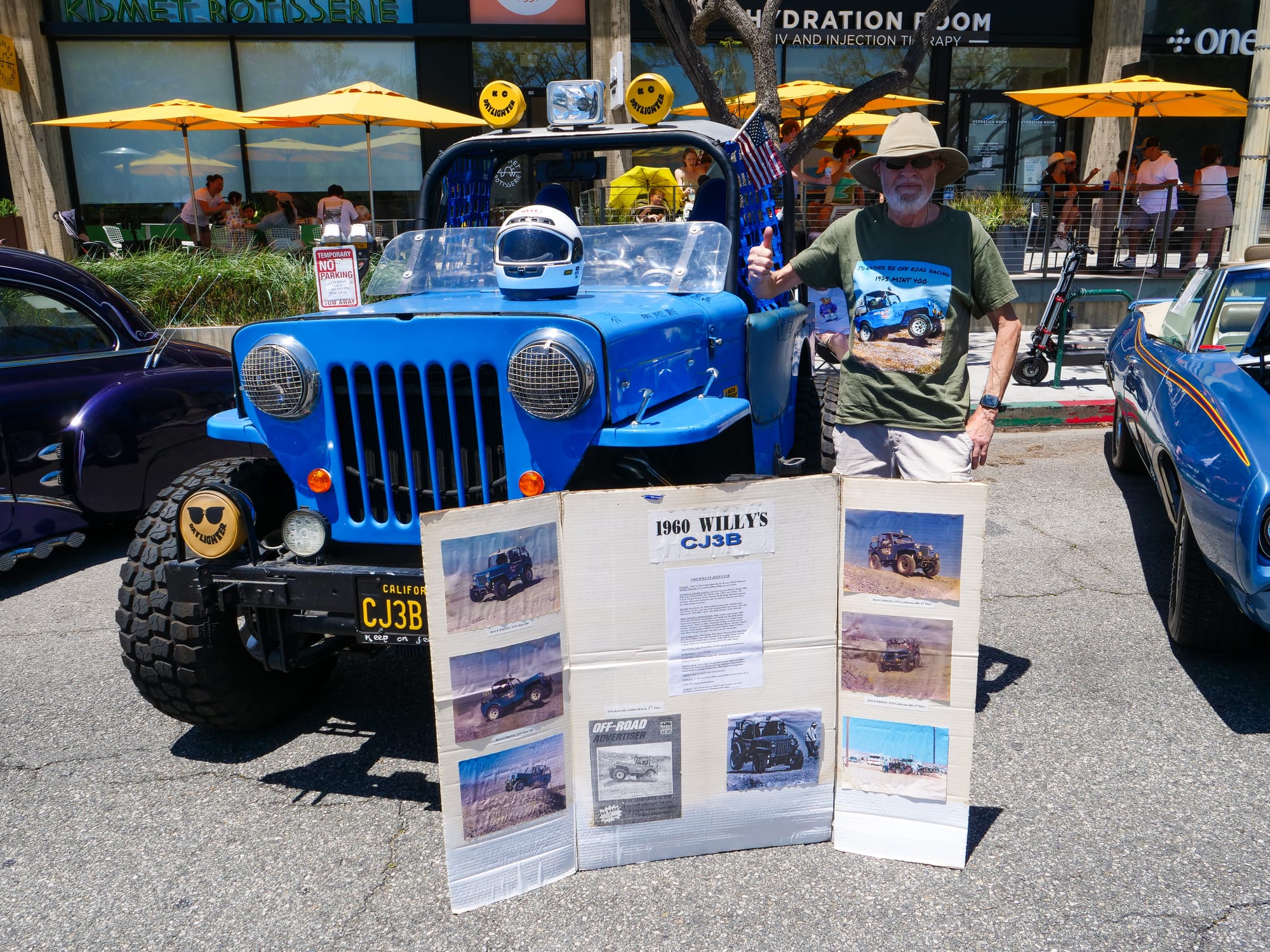
Standing next to his 1960 Willys CJ-3B, Charlie Topio dons a custom-made shirt with a picture of his beloved automobile.
"I'd rather be off-road racing," the shirt reads. Below that quote is an event that Topio entered: the 1975 Mint 400 off-road race. Topio has owned his '60 CJ-3B vehicle for a long time, having originally bought it to use in off-road racing in the early 1970s.
"I did most major races," Topio said. "The Baja 1000, the Mint 400, you name them, I did them."
The CJ-3B has a box frame, which makes it more stable than traditional cars. The suspension has two shocks on each wheel instead of one and is set up to increase the wheel's travel — or how much the wheel can move vertically to absorb impacts — to further stabilize the body for high-speed off-road racing.
"Everything is custom-made," Topio said.
Topio's days on the track ended in 1977, but he still has a great passion for his car. While he doesn't take it out often, he fondly reflects on the last time he could let loose. He took his '60 CJ-3B out to the El Mirage Dry Lake Bed in the 1990s, where he had room to utilize his vehicle's full capabilities.
"We clocked it with a GPS," Topio recalled. "I went 138 miles per hour."
Nowadays, he gives his kids and grandkids rides inside the imposing off-road racer, but his time in the car will always remind him of his days as a competitor.
"I don't go as crazy," Topio said. "But racing is still in my blood."
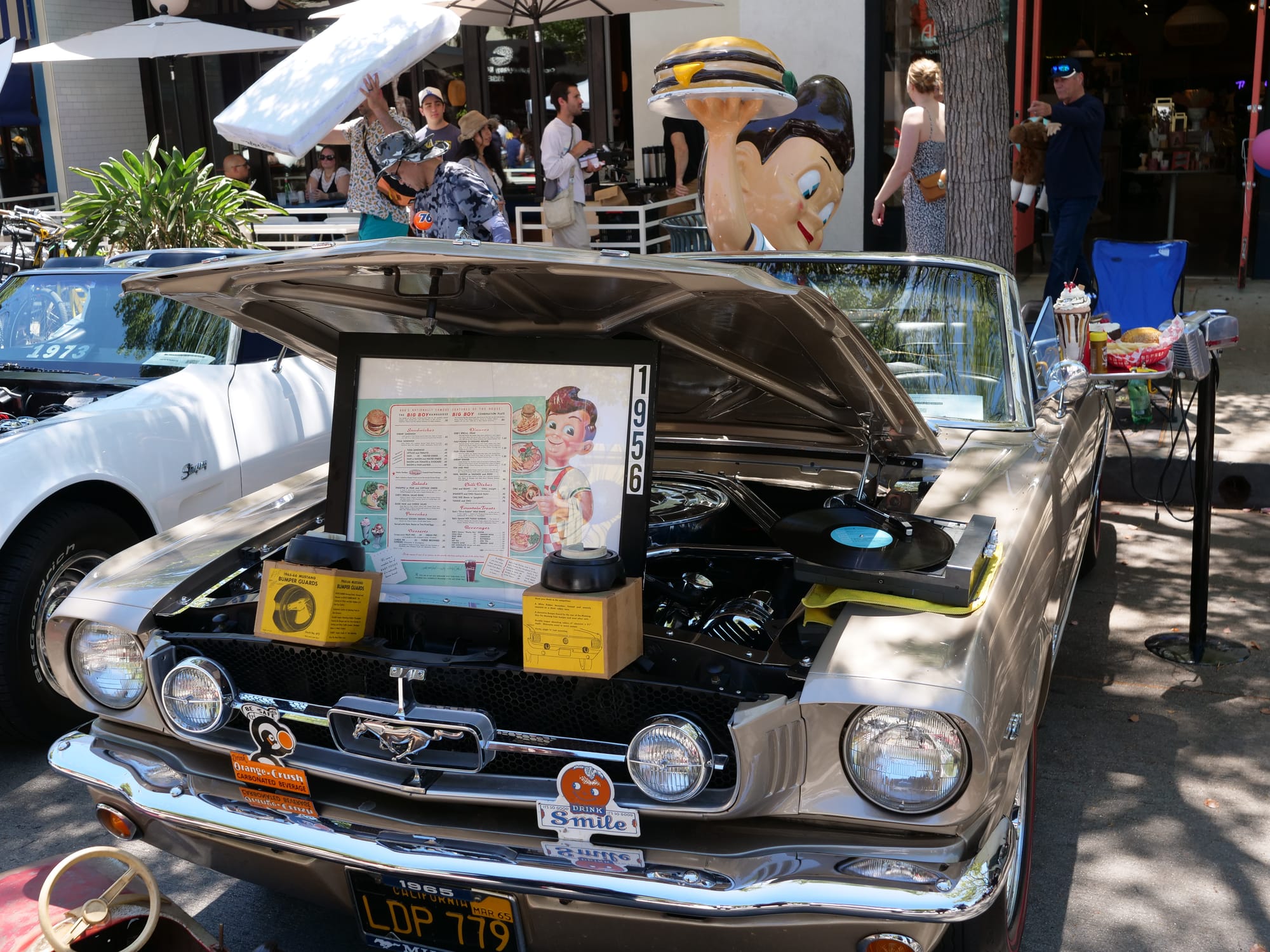
Shaun Hampton owns three convertibles, but only one has Big Bob as its passenger.
Hampton recalls his brother gifting him his first car, a 1965 Mustang, before taking it back from him soon after. Hampton knew he had to have another one, so he purchased his own '65 Mustang to replace the one his brother had taken back. He has kept it in condition to use as a show car today, and has since found himself a unique companion on his drives.
Bob Wian founded Bob's Big Boy in 1936 as a chain restaurant in Glendale. Wian is credited with inventing the "double-decker" hamburger when he served a customer a burger with a bun cut into three slices and two burger patties. The chain's icon was inspired by a chubby six-year-old boy who used to do odd jobs for Wian, who named the double-decker "Big Boy" in his honor.
It wasn't Hampton's original plan to have Big Boy serve as a long-time passenger in his Mustang. Hampton got the statue of the happy boy holding the burger from a friend, but his brother again prompted a change in Hampton's life.
"My brother brought him to a show in Glendale, and he didn't want to take him back," Hampton said. "He said, 'Man, put him in your car.'"
Something clicked for the younger Hampton in that moment, and Big Boy has been his companion inside the '65 Mustang ever since.
"Ever since I took him in the car, I kept him in there," Hampton said. "He rides with me everywhere I go."
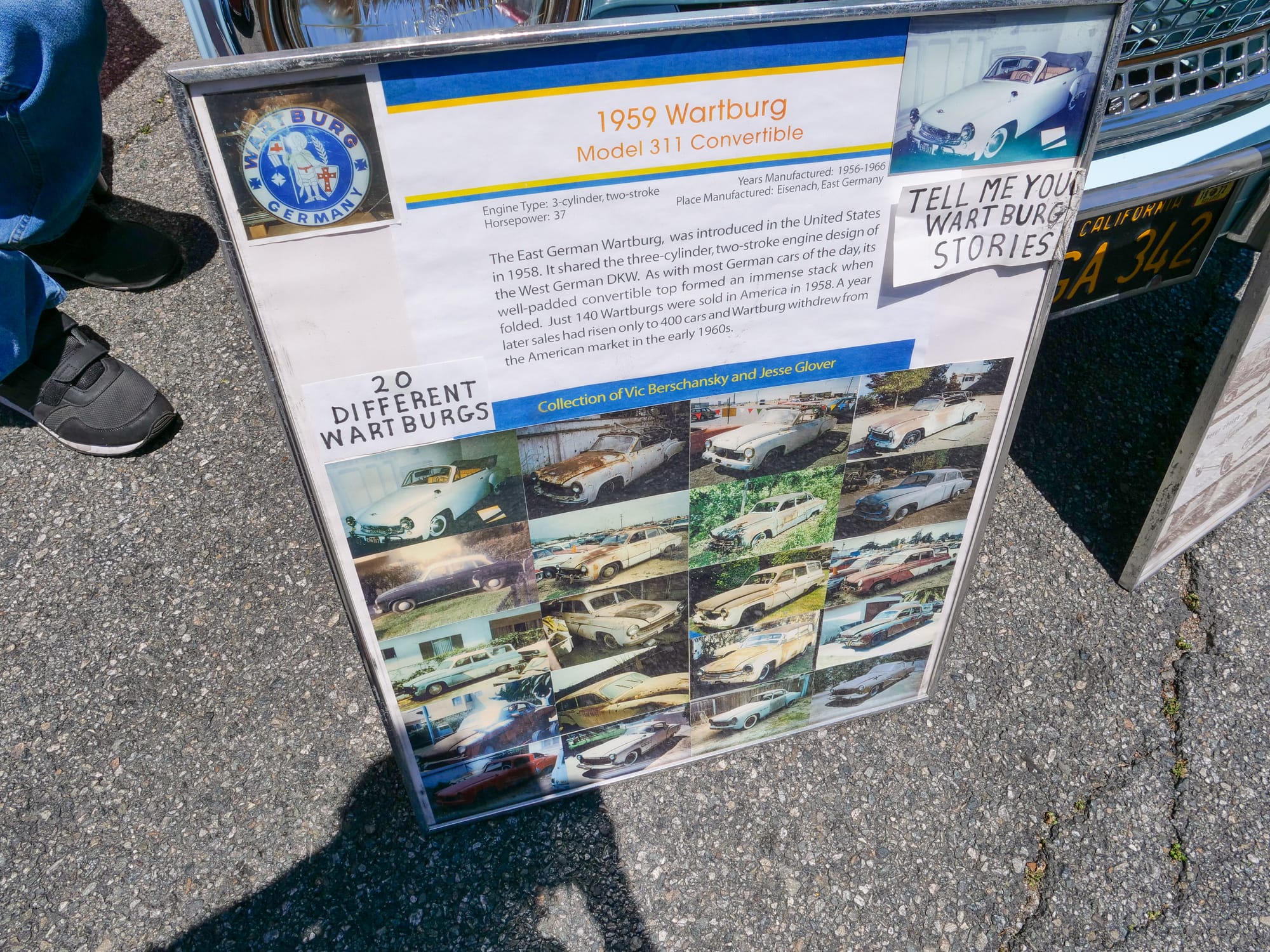
Vic Berschansky showed off a car he might know more about than anyone else in the world.
He could be called the Warden of the Wartburg, a German station wagon manufactured from 1959 to 1969. Due to the time and place of manufacture, not many of them made it to the United States, with Berschansky estimating that about 1,215 sold there.
Berschansky has spent years finding any surviving vestiges of the vehicle, turning tips and sightings into rescue missions. He started collecting these cars when he was around 14 years old, and it has taken him 40 years to find the 19 Wartburgs that he shows pictures of along his single running Wartburg at car shows.
News of a potential Wartburg sighting could pop up in a newspaper or be relayed to Berschansky through word of mouth, and he would spare no expense to salvage them.
"One of the last ones was out of New York," Berschanksy recalls. "It took us about two days to get it out of the woods."
His love for the car comes from his brother, who bought an old station wagon when Berschansky was young. That wagon sparked his interest in station wagons and the Wartburg as a whole, and is buried in Berschansky's backyard.
Alongside Berchanksy and his baby blue 1959 Wartburg are relics, both replicas and originals, that help tell the history of the Wartburg. Given its time and place of manufacture, the Wartburg brought controversy when it was sold in America, demonstrated by several letters from the period when the Wartburg was manufactured in Berschansky's collection that expressed dismay with the "commie" car.
Berschansky is a common face at car shows in Southern California, spreading his knowledge of the Wartburg to those who will listen. He is also looking for more information on potential Wartburg sightings and wants to hear about others' experiences with the elusive station wagon.

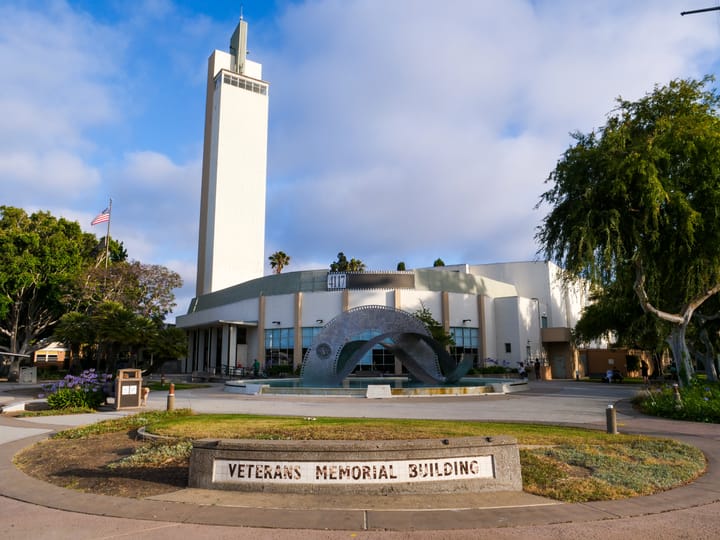

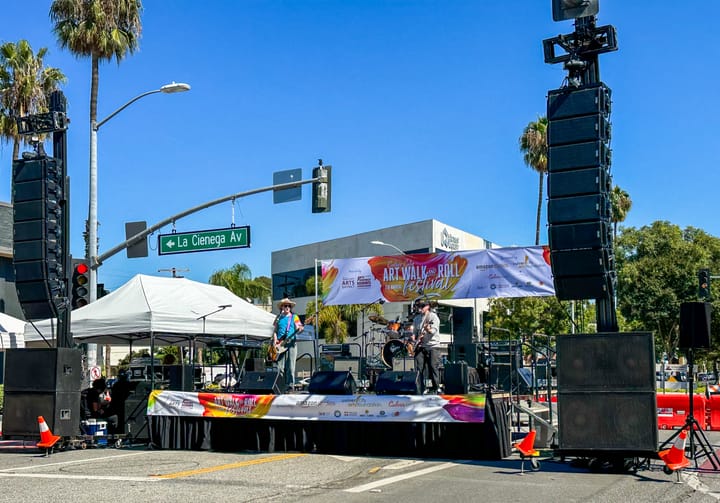
Comments ()